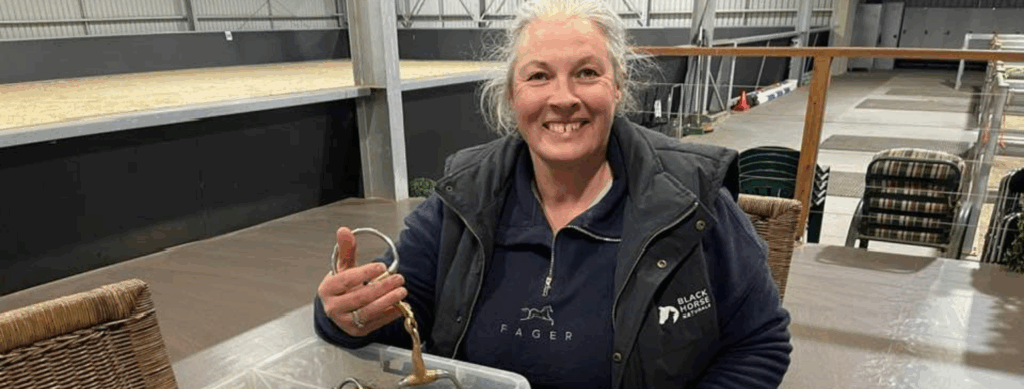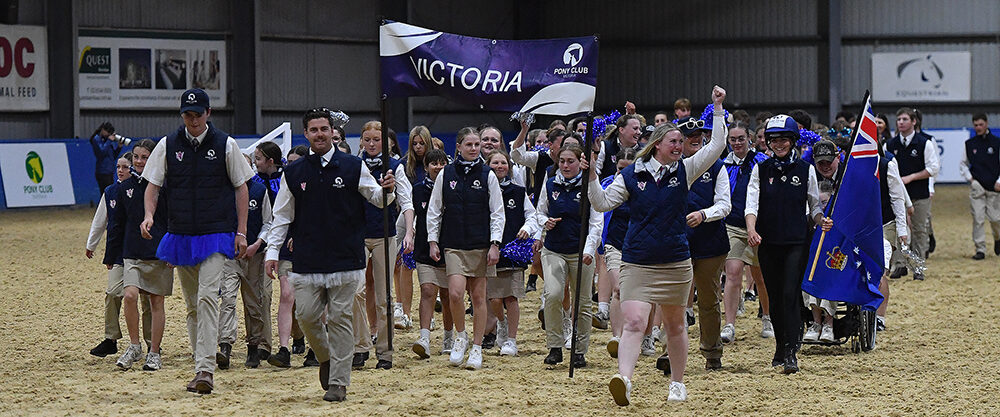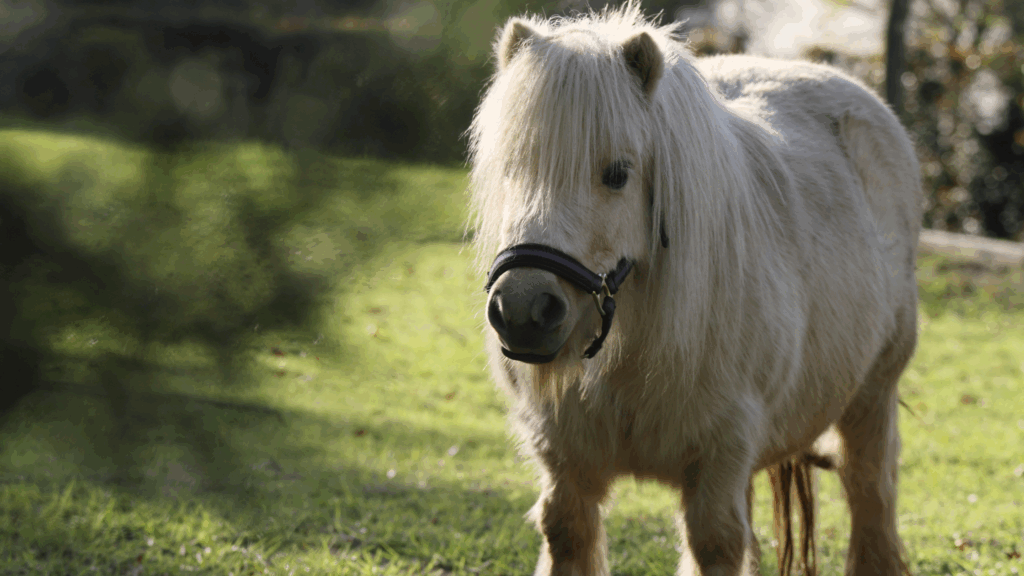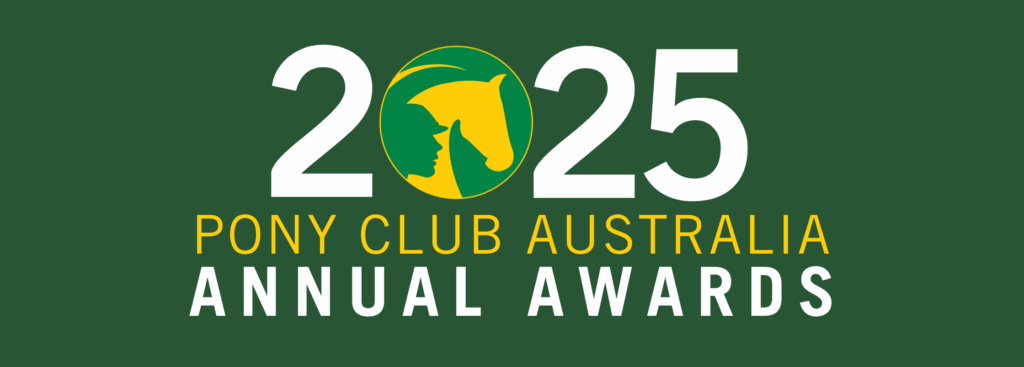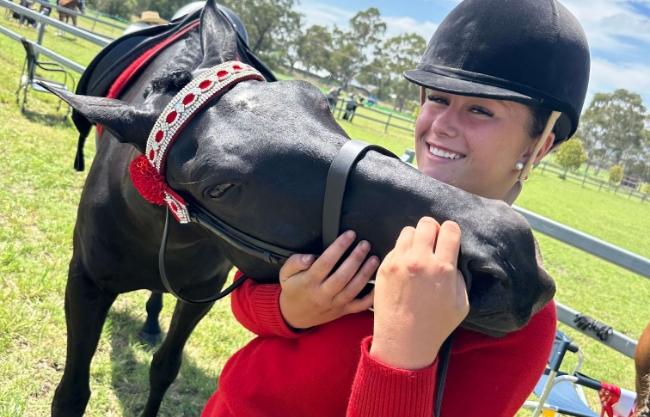“Horses often bite and kick each other during disputes” — this bit of reasoning has been the justification used for some of the most violent and inappropriate training practices of the last two decades.
Ethology
Ethology is the study of animal behaviour within the context of the environment in which natural selection acted to shape the behaviour. Every behaviour in an animal’s repertoire is subject to selection pressure, so ethology is not just the study of innate behaviours—it is the study of how selection has influenced innate behaviours such as learning strategies and capabilities.
Equine ethology describes aspects of behaviour such as communication, behavioural needs and preferences, learning, and motivation. It can help us predict which environments are more conducive to managing horses ethically and which will contribute to stresses. It can inform choices made about training environments and can help trainers provide the optimal conditions for learning.
All ethical, humane training systems take into account the ethology of the horse. However, ethology does not stand as a training system in its own right. Also, judging which training systems are ethical and humane is notoriously difficult, as so many of the symptoms of ineffective training practices (gastric ulceration, stereotypies, behaviour problems and conflict behaviours) are considered to be normal for horses in domestic environments.
Horses and Human Social Assumptions
In the past there have been some horse trainers who believed that they could apply equine social strategies to horse–human interactions. However, this has never been proven to be the case. The desire for humans to insert themselves into the horse’s social hierarchy is massively flawed.
Consider, for example, the appeasement gestures that usually reduce conflicts or aggression between horses in herds. These signals are often so subtle that it is difficult for humans to recognise them unless they are filmed and played back in slow motion.
Horses have better peripheral vision than humans. Because they have more rod cells in their eyes, this helps them see better and detect movement in low light. Humans, on the other hand, have more cone cells in their eyes, which help them see colours and details, especially in the centre of their vision. So while horses can see a wide area around them, humans are better at focusing on things right in front of them.
With their fantastic peripheral vision, horses are able to detect minute cues from animals in their vicinity. They don’t have to turn their face towards something to see it—unlike us.
When you consider a human’s physical capabilities compared to a horse’s—the absence of a tail, fixed and comparatively miniscule ears, an almost non-existent and inflexible neck, a two-leg deficit and nostrils that barely move—it seems highly unlikely that a horse would ever view that human as the top of the social hierarchy. Or that without training, the horse would ever be able to ‘read’ a human’s body language as though it was similar to his own.
This is probably why most training systems that claim to utilise communication signals focus mainly on aggressive behaviours and rarely, if ever, on appeasement signals. Most of what has been interpreted as a human using body language to communicate with horses is merely humans using aggressive body language and behaviour as an aversive pressure and therefore applying the theory of negative reinforcement.
However, the largest problem with using equine communication as a training tool is that horses very rarely mount each other except as part of reproduction. Therefore, any system is bound to fail when the horse is ridden.
Dominance Patterns
Another way in which the concept of equine ethology has been mistakenly applied in training environments is the whole idea of dominance and submission. The notion that a human can take the role of the ‘alpha’ animal in the herd and thus gain control of their own horse is a naïve assumption and highly unlikely for several reasons which we will get to in a minute.
The dominance and submission paradigm has also morphed into another notion—the notion that a horse can ‘respect’ a human being and that this respect will translate into training success.
Before we start to unpack what is going on when humans believe that horses need to respect their trainers in order to be trained by them, we must agree that the horse never has had, and never will have, a vested interest in his own training. No horse has ever asked to be trained, nor will they in the future. The best that we can hope for is a benign form of exploitation that causes as little stress as possible for the horse and maintains him in a condition as close as possible to the conditions that his 55 million years of evolution prepared him for.
Misapplying Herd Dynamics
A couple of decades ago, horse trainers began working with the idea that the dynamics of the herd could be applied to a training situation. This idea has also gained currency amongst dog trainers but unfortunately, while in horses it has largely fallen by the wayside, in dog training circles it is enjoying something of a resurgence.
The idea encapsulated in the dominance/submission hierarchy paradigm is that humans can enter the social hierarchy of a group of horses by mimicking their social signals. The premise upon which this idea is founded is itself built upon very scientifically shaky—if not downright non-existent—foundations as we will see.
In a group of horses, herd structure is very fluid and dynamic. Certain animals may be more dominant than others when it comes to food, but less dominant at the water trough or at the sand roll. Herd structure ebbs and flows, changing throughout a horse’s life cycle. It would make poor evolutionary sense for an old and decrepit mare to have first access to the stallion come spring time.
Also, it is unlikely that evolution would have crafted the facility for a human (lacking all the obvious prerequisites for communication) to be accepted into a herd of horses. Even if this were the case, a human being must seem like a physically incapacitated, partially deaf, largely blind and mute horse—why would this individual be the dominant or alpha animal anyway?
Cross-Species Misinterpretation
Here’s an example of how problematic it is to assume that different species can read each other’s body language without training. In humans, raised eyebrows suggests surprise. In Capuchin monkeys, raised eyebrows indicate a lack of aggressive intent. In baboons, the same gesture is threatening.
Surprise / lack of threat / threat… So many variations for a very similar posture. So it’s easy to see how making anthropomorphic assumptions can be so problematic.
Consequences of the Dominance Model
The application of the dominance and submission hierarchy to horse training has led to the sanctioning of the use of excessive force in training as it has been reasoned that “horses often bite and kick each other during disputes”; therefore, they expect extremely aversive pressures.
This bit of reasoning has been the justification used for some of the most violent and inappropriate training practices of the last two decades. Not only is the use of excessive force in training morally wrong, it makes very little sense.
The alpha animal in a herd is very rarely aggressive. Most aggression comes from the middle of the pecking order—those members who stand to gain most by working their way up the ranks in a given situation.
From Dominance to Leadership
From the notion of dominance and submission evolved the training philosophy based on the idea of human as leader. This was seen to be a more subtle and refined version of the dominance and submission paradigm as it implies less domination and permanency but is no less flawed in its ethological reasoning.
The leadership school of training works on the premise that if a horse ‘respects’ his handler they will bond to them and will follow them even if there are other horses present. However, unless they have been hand-reared, horses will always find horses more appealing than humans. True imprinting occurs in birds but not generally in mammals.
Round Pen Training and Fear Responses
The best-known school of leadership-based training employs round pen training that claims to mimic the behaviours shown by dominant horses towards other horses. This is sometimes called advance/retreat training and sometimes called join-up.
Either way, it involves chasing a horse around a round pen which, as scientist Joseph LeDoux showed—since fear responses can never be eliminated—risks developing tension and fear-related behaviours that may be difficult (and in some cases impossible) to retrain.
Advance/retreat training can be correctly described as an application of negative reinforcement because when the horse slows down, the handler stops chasing—thus removing the aversive stimuli.
Final Thoughts
The idea of training based on human leadership is fraught with problems. What if the human cannot persuade the horse to comply? Does this mean the horse is a better leader than the human?
As Dr Andrew McLean, Pony Club Australia’s patron and CEO of Equitation Science International, points out:
If the horse fails to follow the human into the float but chooses to follow them into the feed shed, does this mean that the human is a good leader in the feed shed but a poor leader in the float?
This information is adapted from the Pony Club Australia A Certificate Manual.



